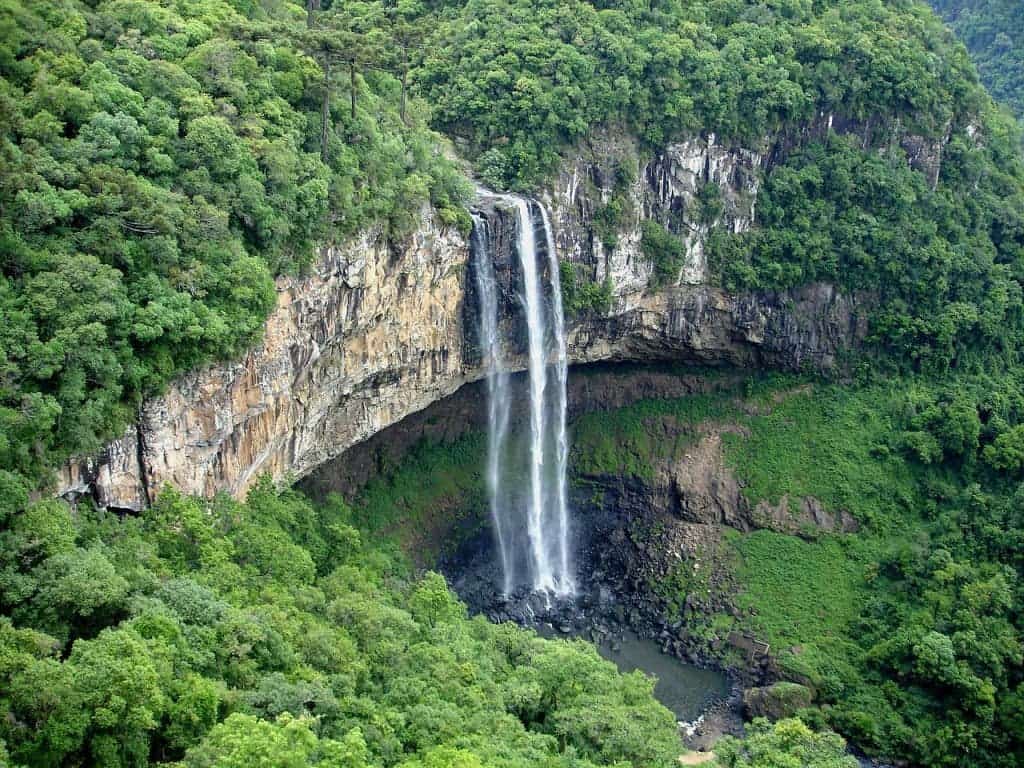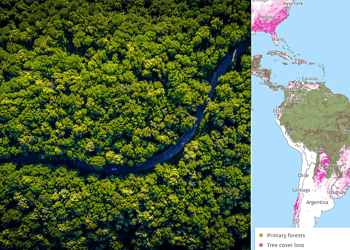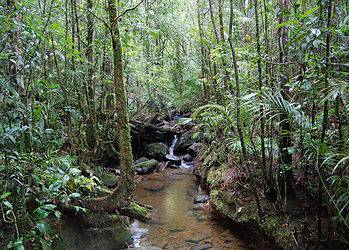The Amazon basin is home to the world’s greatest biodiversity. You’ll find more plant and animal species per square foot than anywhere else in the world. It’s truly one of the wildest and life teeming places in the universe, which given humans’ habit of meddling makes it one of the most vulnerable as well. The huge 6-million-square-kilometer rainforest area remains mostly unstudied, due to the roughness and inaccessibility of the land. But making their way through the outskirts are the chainsaws and sawmills; and they’re moving fast. Since 2000 an area equal to 50 football pitches has been destroyed every minute in the Amazon rainforest, satellite imagery revealed.
The environmental consequences are stark. The Amazon rainforest acts like a huge carbon sink, and destroying it will cause more carbon emissions to stay in the atmosphere, further warming the planet. Loss of habitat will force many species of animals into extinction, but also tree species themselves. Scientists estimate that there are between 11,000 and 15,000 tree species in the Amazon and deforestation could threatened more than half of them, according to massive field study which involved 160 botanists, ecologists, and taxonomists from 97 institutions.
Researchers surveyed 1,485 sites in the Amazon basin and identified 4,953 tree species. Using a biodiversity model, the researchers inferred that there must be another 10,000 tree species, especially towards the isolated center where few humans reside, but vegetation is very dense. The maps were then compared to deforestation maps to assess how tree species might be threatened under two scenarios: business as usual (deforestation continues unabated at its current pace) and an Amazon friendly scenario, in which government and corporations work together to steadily stop logging.
If the status quo is preserved, 51 percent of the Amazon’s common tree species’ populations and 43 percent of rare tree species’ populations would decline by 30 percent or more. That’s enough for them to be included in the International Union for Conservation of Nature‘s “Red List” of threatened species. Even under the less severe scenario, 16 percent of common species and 25 percent of rare species will qualify under the ‘Red List’. ‘
“We overlay spatial distribution models with historical and projected deforestation to show that at least 36% and up to 57% of all Amazonian tree species are likely to qualify as globally threatened under International Union for Conservation of Nature (IUCN) Red List criteria. If confirmed, these results would increase the number of threatened plant species on Earth by 22%,” the researchers conclude in the study’s abstract.
Remember, the Amazon basin is home to:
- 1/3 of the world’s species;
- 1/4 of the world’s freshwater;
- 1/5 of the world’s forests;
- 48 billion tons of carbon dioxide in its trees;
- 200 indigenous and traditional communities.
It’s paradise on Earth, yet we’re destroying the rainforest bit by bit. Luckily, there is hope. Things are changing. In Brazil, the deforestation rate last year was roughly 75% below the average for 1996 to 2005, thanks to commendable efforts from behalf of the government. Brazil’s experience suggests that humanity has a chance to control agricultural expansion and preserve the planet’s most diverse ecosystems.







